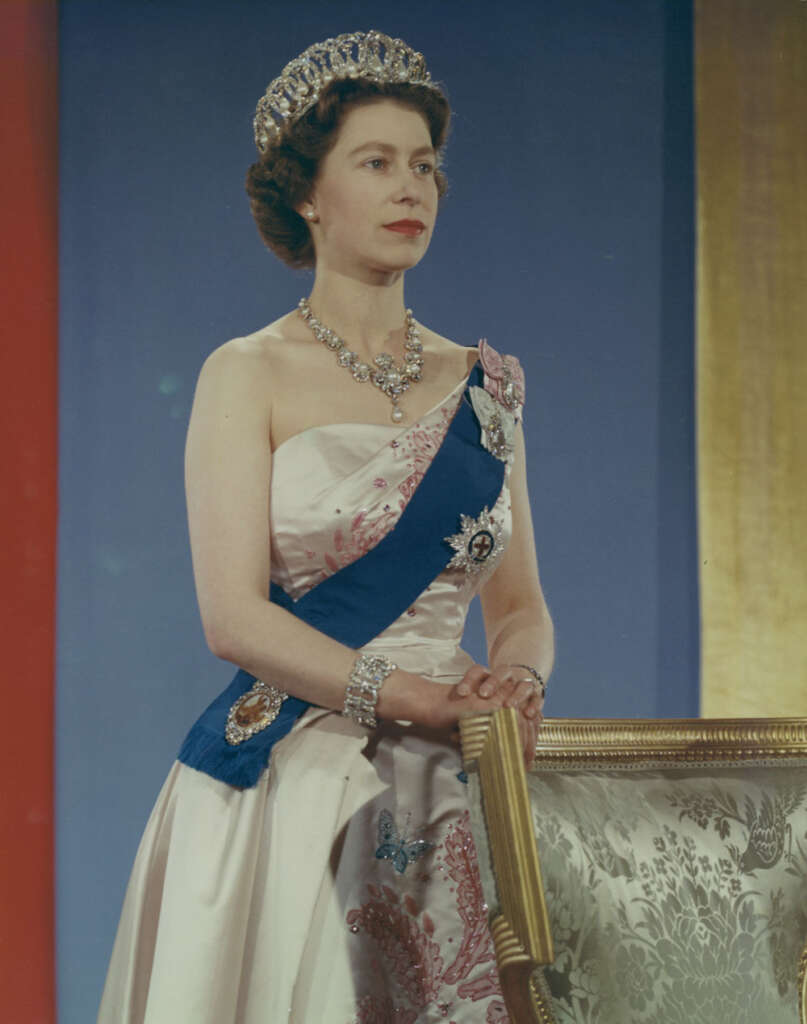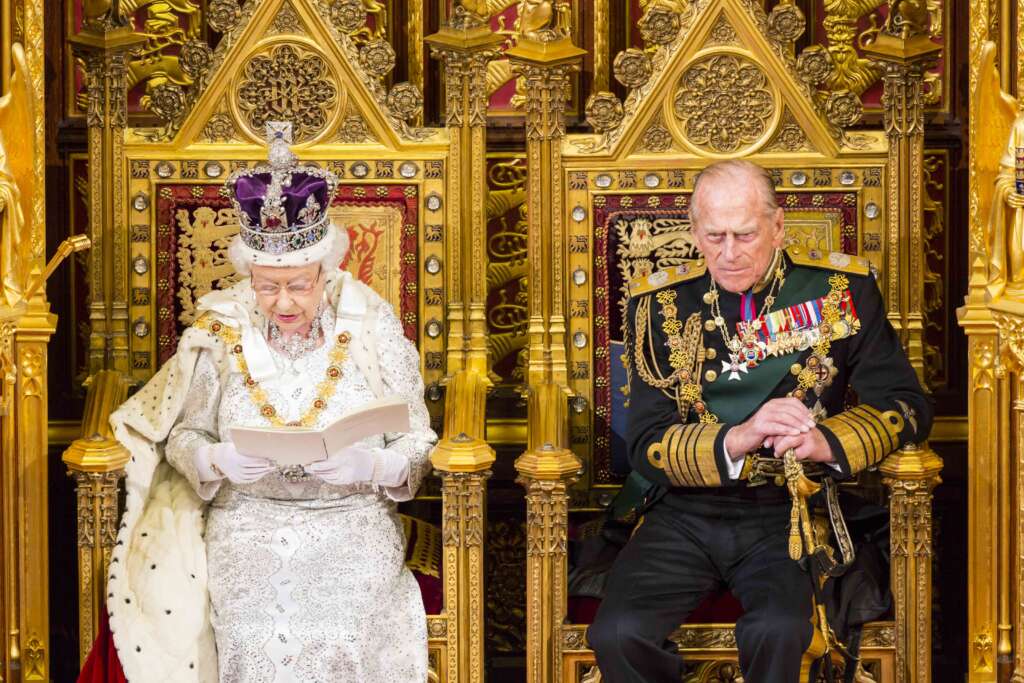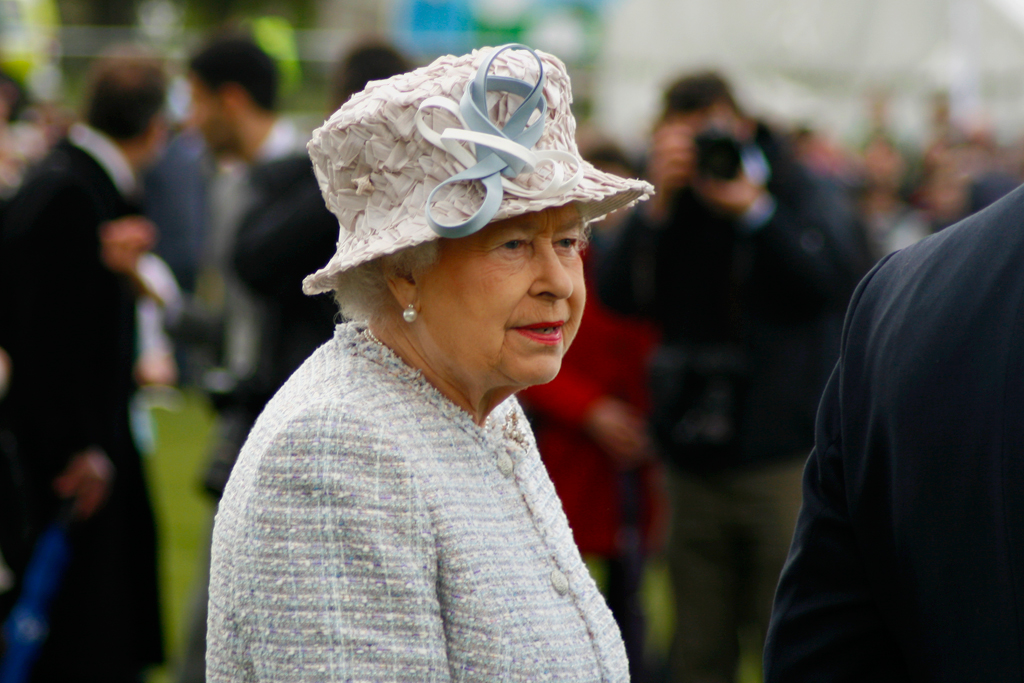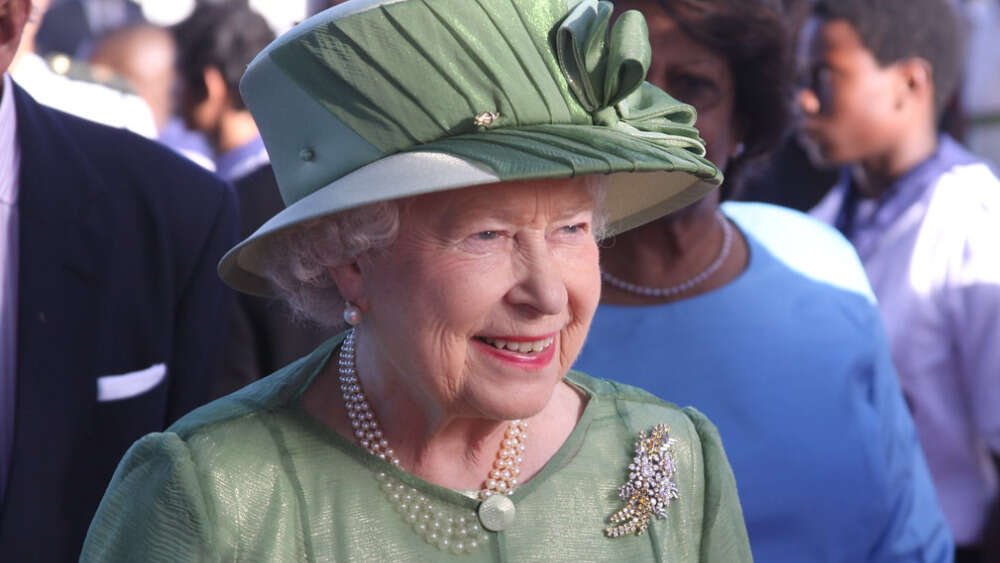Queen Elizabeth II: 70 years of faith and service
‘Jesus Christ, the Prince of Peace … is an inspiration and an anchor in my life’.
Queen Elizabeth 11: 21/4/1926-8/9/2022
“For me, the life of Jesus Christ, the Prince of Peace … is an inspiration and an anchor in my life. A role model of reconciliation and forgiveness, he stretched out his hands in love, acceptance and healing. Christ’s example has taught me to seek to respect and value all people of whatever faith or none.” – From the Queen’s Christmas Message, 2014.
Not even the Queen could have predicted the history-making length of her reign, which ended yesterday, Thursday 8 September when she died peacefully at her Balmoral estate in Scotland, at age 96.
For many, the reign of Queen Elizabeth II encompassed our lifetimes.
While the longest reigning monarch in British history knew from the age of 10 that she would eventually be Queen, she little imagined that she would ascend to the throne at the tender age of 25.
She had become heir presumptive in 1936 when her Uncle David abdicated and her father became King George VI, an overwhelming event that is believed to have prompted the young princess to anchor her life in the Christian faith.
Her seven decades on the throne were characterised by public service and private devotion as she weathered many personal and public storms – the dissolution of the British Empire, political upheavals, national tragedies, family deaths, tabloid scandals involving her children and grandchildren. She appeared to meet all with unwavering faith and resolve.
“My whole life whether it be long or short shall be devoted to your service … God help me to make good my vow.” – Queen Elizabeth II
Though young, Elizabeth was not completely unprepared for her life’s role. During 1951 she frequently stood in for her father at public events as his health declined due to lung cancer. When he died suddenly at just 56, Elizabeth was on tour in Kenya with her husband Philip. On her way back from safari, 25-year-old Elizabeth was delivered the news told her that her father was dead and she was now Queen and head of the Commonwealth.
The Queen is said to have reacted with composure, discussing the practicalities of getting back to England and writing letters of apology for the cancellation of the tour, before leaving at dusk for a nearby airstrip and a waiting aircraft.
However, once the plane was airborne, she went into the toilet and when she emerged with a set face, it was obvious to the other passengers that she had been “having a good, long cry.”
From the start, the Queen seems to have modelled her approach on the active, dynamic faith of her great-great-grandmother Queen Victoria, who made it plain to her children and her court that faith and service go hand-in-hand. Service to the country and the Commonwealth was the bedrock of the Queen’s reign.
In her 21st birthday address, Elizabeth, then a princess, asked for her people’s support and God’s help: “I declare before you all that my whole life whether it be long or short shall be devoted to your service … God help me to make good my vow, and God bless all of you who are willing to share in it.”
In her first Christmas broadcast as Queen in 1952, she said: “Pray for me … that God may give me wisdom and strength to carry out the solemn promises I shall be making, and that I may faithfully serve him and you, all the days of my life.”
“Genuine human happiness and satisfaction lie more in giving than receiving; more in serving than in being served.”
Before her coronation, Archbishop Geoffrey Fisher prepared the Queen spiritually with a book of private devotions of Bible readings and prayers from 1 May to Coronation Day, 2 June 1953.
When she was crowned at Westminster Abbey, wearing a satin gown embroidered with floral emblems, it was the first time the deeply symbolic church service devised in AD973 had been televised. Crosses adorned the orb, sceptre, ring and crown used in the ceremony to symbolise the rule of Jesus Christ over the world. And a Bible was presented and described as “the most valuable thing that this world affords”.
As Archbishop Geoffrey Fisher anointed her with oil, prayers were said inviting the Holy Spirit to set her apart as God’s servant.
According to Dudley Delffs, author of The Faith of Queen Elizabeth, the Queen had to be convinced to allow the ceremony to be televised, but she did not allow the broadcast to include the communion or the anointing – the most sacred part of the ceremony when the symbols of royal status are removed. The Queen, sitting under a canopy hidden from camera, wore a simple white dress with no jewels or crown.
“… for these moments, the communion and the anointing, it just seemed so incredibly personal and intimate and sacred that she just couldn’t imagine having it recorded and viewed. So that was the compromise – they agreed that those deeply personal moments would not become part of the televised service,” he told Christianity Today.

Official portrait of Queen Elizabeth II before the start of her 1959 tour of the US and Canada
The Queen took seriously her role not only as head of state but also head of the Church of England. In 2016, she wrote a preface to a gift book co-published by the UK Bible Society in 2016, The Servant Queen and the King She Serves, in which she drew out the central role of her Christian faith and the Bible.
To the Queen, her annual broadcast at Christmas was a precious opportunity to speak without any script from the government. As Western countries became more secular, the Queen’s messages followed the opposite trajectory. The turning point in the content of the broadcasts was the millennium. Her broadcast in 2000 was devoted to an account of Christ’s life and teaching which, she said, “provide a framework in which I try to lead my life”.
In 2008 the Queen said: “I hope that, like me, you will be comforted by the example of Jesus of Nazareth who, often in circumstances of great adversity, managed to live an outgoing, unselfish and sacrificial life … He makes it clear that genuine human happiness and satisfaction lie more in giving than receiving; more in serving than in being served.”
In 2014 she described her faith as “the anchor in my life”. “A role model of reconciliation and forgiveness, he stretched out his hands in love, acceptance and healing. Christ’s example has taught me to seek to respect and value all people of whatever faith or none,” she added.
In her 2016 Christmas message, she said: “Billions of people now follow Christ’s teaching and find in him the guiding light for their lives. I am one of them because Christ’s example helps me see the value of doing small things with great love, whoever does them and whatever they themselves believe.”

The Queen, flanked by Prince Philip, delivers the speech to parliament in 2013. Flickr
Ian Bradley, author of God Save the Queen – The Spiritual Heart of the Monarchy, “this truly makes her Defender of the Faith” – saw the influence of Prince Philip in this shift in tone. “After her very personal account in 2000, she was encouraged to continue because I’m told she received 25 times more letters than usual from the public in response to that Christmas message than others, and she had huge support from the Duke of Edinburgh.”
Rowan Williams, who served as Archbishop of Canterbury from 2002 to 2012, said the Queen aimed to bridge a divided culture. “I think that as there has been less overt Christian ‘messaging’ in the general cultural environment, the Queen has deliberately decided to fill the gap,” he said.
Her favourite parable was that of the Good Samaritan with its emphasis on sacrificial service. In her 2020 broadcast from Windsor Castle where she and Prince Philip were isolating because of the Covid-19 pandemic, she said: “We continue to be inspired by the kindness of strangers and draw comfort that – even on the darkest nights – there is hope in the new dawn. Jesus touched on this with the parable of the Good Samaritan. The man who is robbed and left at the roadside is saved by someone who did not share his religion or culture. This wonderful story of kindness is still as relevant today. Good Samaritans have emerged across society showing care and respect for all, regardless of gender, race or background, reminding us that each one of us is special and equal in the eyes of God.”

The Queen at her Diamond Jubilee in 2012. Flickr
In 2012 she concluded her Christmas broadcast by praying for her people and inviting a practical, servant-hearted response to Jesus Christ’s message of love:
“This is the time of year when we remember that God sent his only son ‘to serve, not to be served’. He restored love and service to the centre of our lives in the person of Jesus Christ. It is my prayer this Christmas Day that his example and teaching will continue to bring people together to give the best of themselves in the service of others. The carol, ‘In the Bleak Midwinter’ ends by asking a question of all of us who know the Christmas story, of how God gave himself to us in humble service:
‘What can I give him, poor as I am?
If I were a shepherd, I would bring a lamb;
if I were a wise man, I would do my part …’
The carol gives the answer, ‘Yet what I can I give him – give my heart.’”
Email This Story
Why not send this to a friend?


